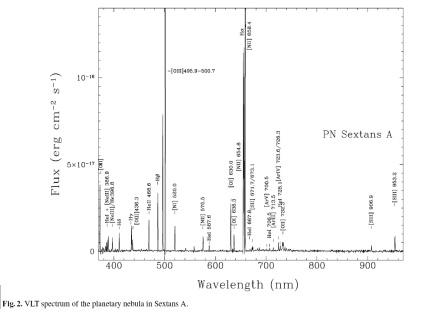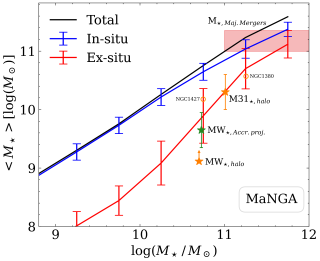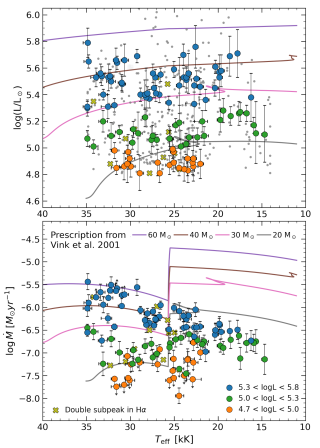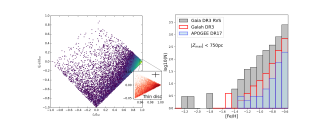Chemical abundances have been measured of PNe and HII regions in Sex A and Sex B, two galaxies located on the outskirts of the Local Group. These PNe are the farthest ones where such a direct abundance measurement has been obtained. PNe and HII regions in Sex B show unexpectedly similar abundances, suggesting a very low chemical enrichment. In Sex A there is only one PN known, and its anomalous chemistry is helping us to develop new models of stellar evolution in very low metallicity environments. Furthermore, new candidate PNe in NGC 6822 have been discovered, increasing the number of objects from 4 to 17 (Leisy et al., 2005, A&A 436, 437).
These researches extend to nearby galaxies previous, well established studies carried out on the Milky Way, and enable to study stellar evolution in environments very different from those found today in our Galaxy.



